A Missed Opportunity
A Critical Review of "Nomad Century"
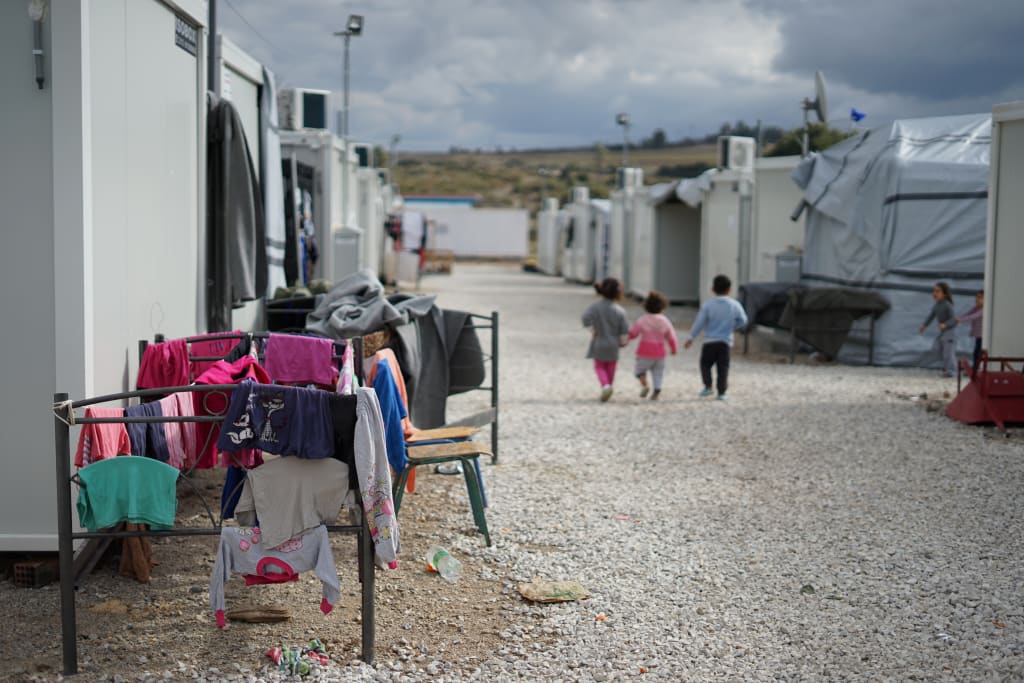
Many of us live in a world defined by our internal conceptions of existence: what it is, and what it’s for. We invest so much of ourselves in this world-view that any challenge is seen as a direct affront to our very existence. The arrival of “Nomad Century” by Gaia Vince therefore attracts both gushing praise from some, and withering bile from others.
Bob Ward’s review of the book in ‘The Guardian’ (Nomad Century: How to Survive the Climate Upheaval by Gaia Vince review – a world without borders” Bob Ward, The Guardian, 14 Aug 2022) writes that it “should be read not just by every politician, but by every person on the planet”. A “passionate and powerful presentation” of a “deeply humane vision”.
James McConnachie in the ‘New Scientist’ (“Nomad Century review: a bold plan to manage climate migration”, James McConnachie, New Scientist, 31 Aug 2022) worries about “abandoning democratic freedoms” as he takes aim at “some of the underpinnings” that “look a bit wobbly”. “Too broad-brush and too sure,” he concludes.
Worse is Professor J. R. McNeill’s scathing review in ‘The Washington Post’ (“How to deal with climate refugees? Probably not like this.”, J. R. McNeill, The Washington Post, 09 Sep 2022). Written “for the right reasons”, he asserts, it “comes to the wrong conclusions”. The author’s “prescription of assisted mass migration ... is a recipe for political disaster” which would “trigger torrents of outrage” such that “pogroms would proliferate.” For him, she is “blithe” and “optimistic” about her assertions, and she is simply “wrongheaded” and proposes “cures that could easily prove worse than the disease.”
All these reviewers have read the same book. Why do they reach such widely divergent conclusions? McNeill leaves a clue in his review - Vince’s proposals “require faith in widespread saintliness and wisdom that humankind has yet to show.”

It’s hard to write a book. However widely read one is, and however well-connected with both people and material, there are deadlines to meet and expectations to fulfil. This leads to an understandable temptation to ‘being ready in time for the market’. The cost? Jarring discontinuities between blocks of text that are well cited, and those that are deserted seemingly of any effort at citation. This does the author a dis-service.
For a start there’s the effect of extreme heat on plant growth (page 24) – temperatures above a certain threshold cause a cessation of enzymatic activity in plants – but there is no citation. With no evidence, in a critic’s world, farmers can just carry on growing their crops. Again, in pages 51 and 52, Vince’s claims that tribalism is evolutionary and cognitive in origin are also unsupported by citations. Alas, this deficiency also applies to her assertions that the Dunbar number, limiting the complexity of relationships we can manage, drove social evolution to greater complexity.
This applies equally to figures in the book. There are no citations to help understand the complex concept of population density multiplied with an index of extreme heat exposure (page 17). It isn’t obvious that this is something the author hadn’t dreamed up. No citations again to buttress the interesting and pivotal claims (page 54) about how public attitudes to migration changed positively after the Brexit referendum of 2016.
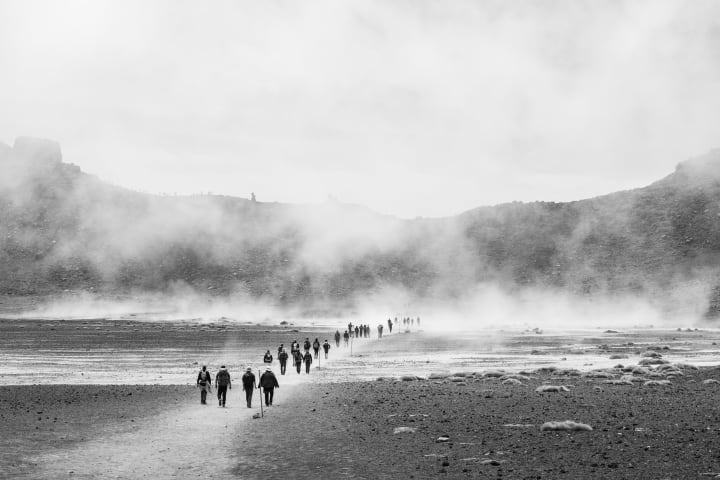
Vince really tried very hard in this book to sell the need for planned migration, right from the first page of the introduction. For her, there will be “no way to adapt” to extremely hot conditions. This statement exemplifies the internal contradiction noted by McNeil, between the author’s pessimism about human nature, and her requirement for unbridled optimism about our capacity to deal with massive planned migration.
She therefore misses the opportunity, two pages later, to makes a link between the need for action now to reduce the impacts of climate change. We know what needs to be done. We understand the reasons. We have developed the policy tools to be able to do something about it. But we won’t, at least not right now. Why?
The goals of planned migration are to her clear. The “moral abhorrence” of not taking immediate action to secure them is unavoidable. For her, a “planetary species”, dependent on shared resources, now faces the challenge of organising itself into some kind of “commonwealth of humanity”. Unfortunately, the questions of how and why are left unanswered. We won’t find them in this book.
Vince offers no vision of how this might be achieved, save through the galling weight of necessity. Instead, she presses on with the mantra that “migration will save us”, thus deifying something that should be an adaptation strategy.
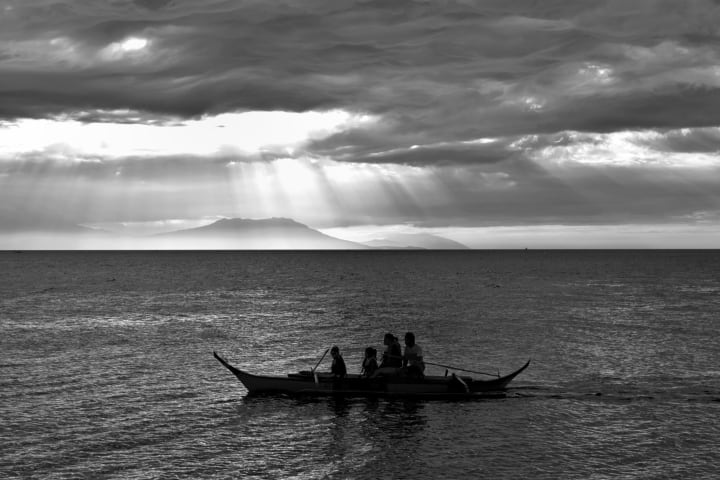
Her pessimism about human nature, and the way in which it shapes her agenda, is made clearer as the book unfolds. Solving the issue of how we might mitigate climate change is seen as too hard, because humans will have to do it. We will have no choice but to focus on mass migration. But this runs slap-bang into the internal contradiction that existing populations will somehow welcome billions of migrating people with open arms, without having first challenged – with evidence – their own conceptions of what it is to be human.
The flip side of mass migration is a reliance on technology to remove the excess carbon dioxide from the atmosphere, as the billions who have migrated need liveable homes to return to. Clearly for her we are too untrustworthy to be left with the responsibility of reducing our emissions. The existence of sufficiently good technology with no side-effects or unmanageable expense is left to the vague assurance that the technology “will only improve”. Humanity will therefore be left to depend for its future salvation on its continuing to keep the boat afloat in the face of the biggest challenges it has ever faced, without descending into one horror or another as we turn on ourselves.
The “four horsemen of the Anthropocene”, as Vince puts it, of fire, heat, flood and drought, - already being felt today on scales not previously witnessed - are in her future world the primary motivations for billions of people being forced from their homes. Women, the poor, and historically deprived and subjugated populations will feel the impacts the most.
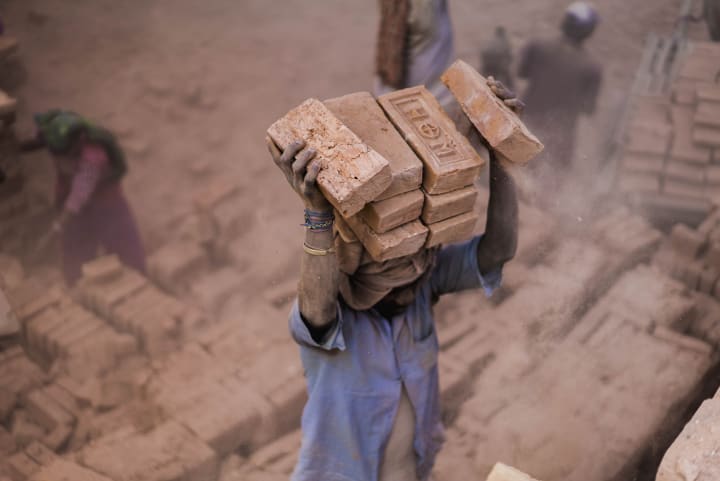
Relying on mass migration to solve our problems opens up a most uncomfortable question. Let’s take to one side for a moment some of the more obvious benefits of migration explored in some detail in this book, such as the positive impact growing familiarity between diverse groups of people living next to each other, and the economic dividend over the medium term harnessed by the host community as a result of welcoming migrants. Who would really want to be forced from their homes, their social and family networks, their culture, everything they know, to live a precarious existence in some distant land dependent on an uncertain welcome? Why would we want to allow it to happen? There’s just as much moral repugnance, surely, in relying on a policy of mass migration to solve our problems, as there is in not facing up to them in the first place.
Not to mention what this says about people forced to move. In Vince’s world, rich nations aren’t prepared to offer resources, technology and information to people who might otherwise be able to stay. All this smacks of neo-colonialism - especially when the author goes on to describe how drones and other autonomous vehicles might sow and harvest crops in land that used to be inhabited by those forced to move by neglect and deliberate policy. This is a world in which those who are less fortunate are encouraged to loosen their ties to their land, to embrace the virtues of migration. A choice those more fortunate living in northern climes do not have to take.
Then there’s the other side of Vince’s internal contradiction. She complains (page 68) with wide-eyed injured innocence that states around the world aren’t too keen on giving the millions of people living in appalling conditions in refugee camps the dignity they ask – and doesn’t stop to wonder why that might be, or what could be done about it.
Just a few pages later, Vince casts to one side the uncomfortable contemporary truth that for many migrants today: pursuing opportunities in other lands leads to penury, exploitation and modern slavery. Far from migration “being the most effective route out of poverty”, as Vince puts it, hapless undocumented migrants today find themselves trapped in unending desperation.

The very next page finds Vince describing breathlessly how a shortage of dementia-care nurses in western countries is driving growing specialisation in training up such nurses in the Philippines, who then migrate and send back remittances to their families back home. Taking to one side for a moment such considerations as the very obvious exploitation of people who could otherwise be offered better pay and conditions, and the long separation of these often young women from their families thousands of miles away, this is a classic case of ‘what is wrong with this picture?’ For with sufficient transfer of wealth, technology and information, communities and societies in the Philippines could be improving their own health care, while at the same time bringing millions at the margins of their societies out of poverty.
To add insult to injury, turn another few pages, and we find Vince touting migration “as a ready supply of affordable workers, especially for farm and factory work” that would “make labour-saving technologies less attractive to industry bosses”. It’s not hard to call to mind the tremendous advantages in quality of life that mechanisation has offered countless people. So keen is the author to find more reasons to justify planned mass migration that she is prepared to countenance perpetuating the appalling pay and conditions modern migratory agricultural workers are subjected to. All in the name of salvation.
It’s a great shame; there are very good reasons for promoting migration and dismantling the barriers between states. One of them being the demographic time bomb that is a legacy of the 1960s ‘baby boom’: appropriate migration could help fill vacant spots and fund social care programmes for the older generation. But to give migrants their dignity, as Vince wishes, while facilitating better outcomes requires a great deal more than the unvoiced wishful thinking in the gaps between the words on these pages.
The internal contradictions in this book come to a head in Chapter 6. Vince casts the pointless and unnecessary scale of migration as inevitable - not seriously considering the benefits of a modern global ‘Marshall Plan’. She then de-legitimises those who would find their communities changing before their very eyes without first having been given compelling reasons for accepting change. This will just drive a wedge between people. Far from helplessly falling prey to the rhetoric of opportunistic politicians, those who fear the impacts of mass migration should be listened to. Their fears, while not logical, are legitimate.
Thus the major self-contradictory issues. First, Vince is clearly reluctant to credit us the chance to do better, to rise to the challenge of our age and reduce our emissions on scales needed to mitigate the worst impacts. She instead condemns us to hellish hothouse tropics that we would have no choice but to migrate our way out of. Second, her sometimes naive appeals to our ‘better angels’ simply as a fiat for accepting the scale of migration she requires, runs head-long into the objections of a population – and their leaders – that she sees no reason to prepare the ground for.
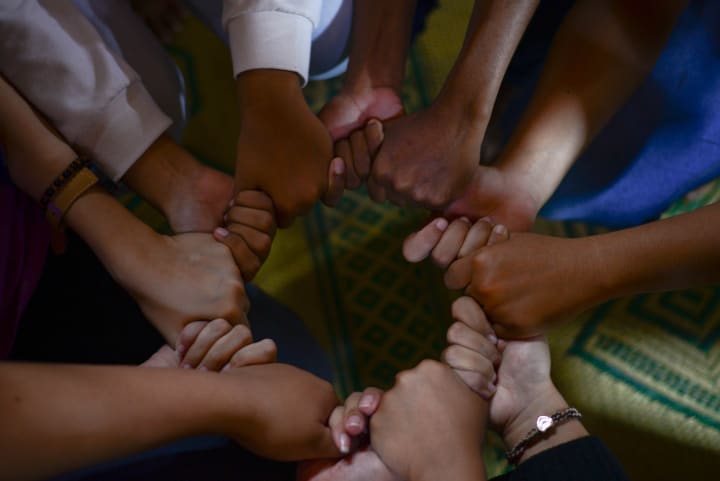
These issues are consequences of steadfastly refusing to take seriously a principle we stand in need of to navigate the world of the future. The principle of the oneness of humanity. More often referred to as the unity or interconnectedness of humanity, it often extends to non-human and even inanimate existence too. According to Scott Barry Kaufman (What Would Happen If Everyone Truly Believed Everything Is One?, Scott Barry Kaufman, Scientific American, October 8 2018), a belief in oneness is strongly related to feeling connected with distant people and aspects of the natural world; to values like a universal concern for the welfare of other people – a greater compassion.
This concept of oneness is at the heart of the interfaith and inter-spirituality movements, and motivates the work they do to generate better understanding between diverse and historically antagonistic communities. It has been identified as an essential pre-requisite for building a global civilisation. According to a statement released in 2005 by the Baha’i International Community (‘can begin only …’ (The Prosperity of Humankind) www.bahai.org/r/683714729), this effort to build a future world “can begin only when the concept of the oneness of humanity has been wholeheartedly embraced by those in whose hands the responsibility for decision making rests, and when the related principles are propagated through both educational systems and the media of mass communication.”
Curiously, the same concept of oneness is also an inescapably common theme arising from studies of the ‘near-death experience’ phenomenon. So much so that Dr. Penny Sartori in her book ‘The Wisdom of Near-Death Experiences’ (“The Wisdom of Near Death Experiences: How Understanding NDE's Can Help Us to Live More Fully: How Understanding NDEs Can Help Us Live More Fully”, Penny Sartori, Watkins Publishing Limited; 1st Edition. (6 Feb. 2014)), wrote: “Imagine if everyone changed their perspective on life and saw each other as interconnected and valuable people … What if everyone put the needs of others before their own needs? How radically transformed the whole world would be.”
Professor Ernest Becker, in his 1973 best-seller ‘The Denial of Death’ (“The Denial of Death”, Ernest Becker, Souvenir Press Ltd; Main edition (4 April 2011)), argues that nearly every one of us is subject to a primal but suppressed fear of death. “This is the terror”, he writes, “to have emerged from nothing, to have a name, consciousness of self, deep inner feelings, an excruciating inner yearning for life and self-expression – and with all this yet to die.” So horrific is this to us that we generate defensive attachments to our cultural world-views, thereby assigning the immortality we yearn for to our culture. But, according to Becker, “the disquieting point here is that because people need some tangible and potentially controllable cause of their residual death anxiety, they will identify or create different ‘others’ to serve this purpose.”
Disarming this death anxiety can reduce people’s need to ostracise others based on differences in appearance, culture, language or belief. According to the ‘benign virus’ hypothesis (“Lessons from the Light: What We Can Learn from the Near-Death Experience”, Kenneth Ring and Evelyn Elsaesser Valarino, New York, NY: Insight/Plenum, 1998, p203) favoured by Professor Kenneth Ring, one doesn’t need to nearly die to understand the same concept of oneness: just reading about it is enough.

So, how would the book’s conclusions have been different had Gaia Vince been able to acknowledge this principle of the oneness of humanity right from the outset? Instead of a benightedly pessimistic assessment of humanity’s capacity to make changes – too little, too late, resulting in a world of four degrees warming by 2100 – a near-future humanity will be able to make sufficient accommodations to their lifestyles to keep warming to within manageable bounds. A very different world, and a very different humanity: one for which its very foundational assumptions will have been overturned. One which finds itself connected not only to itself, but also viscerally to its environment.
We would still face a near future needing to accommodate more people on the move, but certainly not on the scales envisaged by “Nomad Century”. Further, we would have to completely up-end the political and organisational structure of the world to facilitate mitigation of the worst effects of climate change, and also to welcome and successfully integrate future migrants into communities world-wide.
A future world recognising the principle of the oneness of humanity will be one in which Vince’s vision of a ‘Commonwealth of Humanity’ can become a reality, without tearing itself apart through internal contradictions.
About the Creator
Andrew Scott
Student scribbler
Enjoyed the story? Support the Creator.
Subscribe for free to receive all their stories in your feed. You could also pledge your support or give them a one-off tip, letting them know you appreciate their work.






Comments
There are no comments for this story
Be the first to respond and start the conversation.